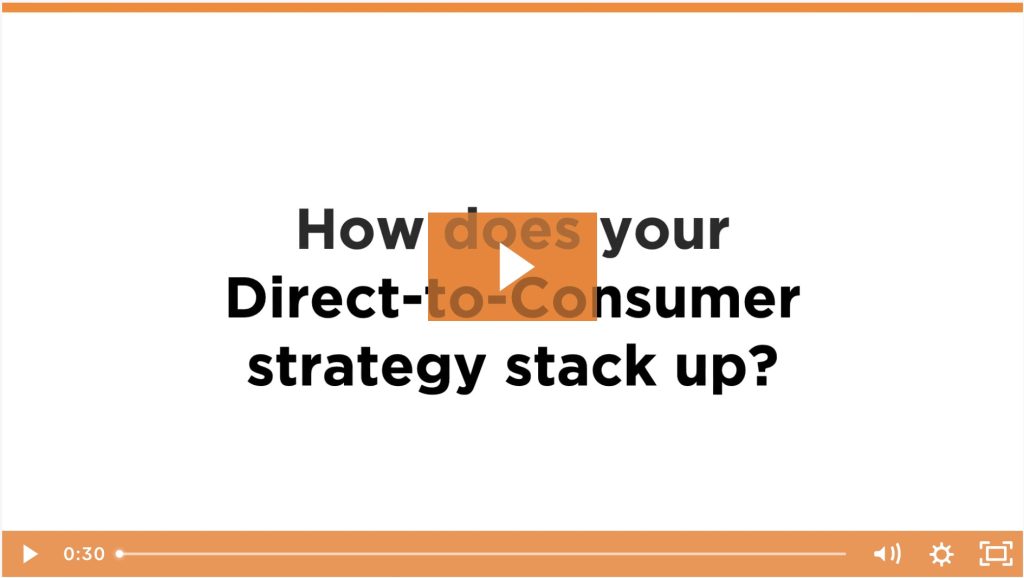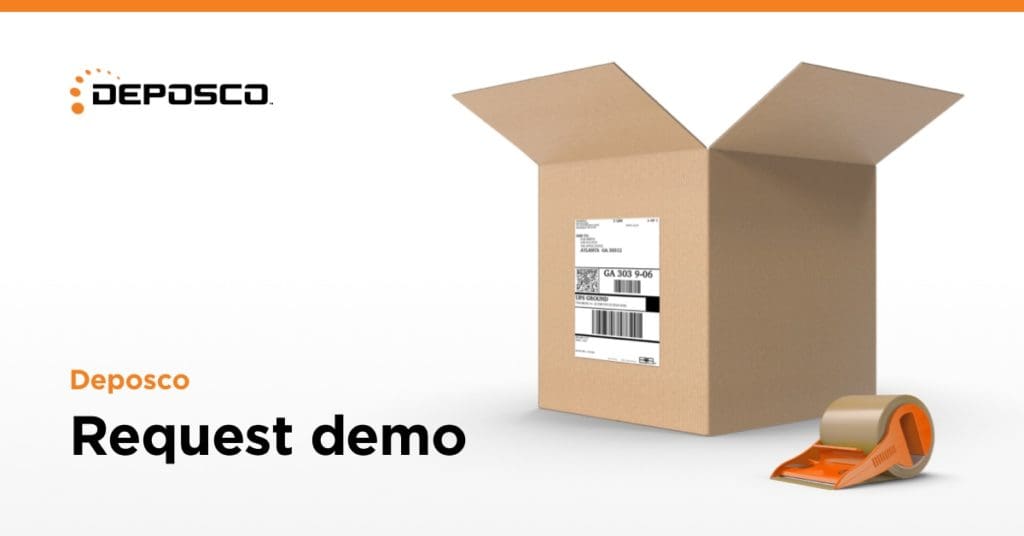Offering more third-party logistics (3PL) services to your clients has become table stakes. Now is the time to augment core services beyond fulfillment and storage with so much more. What does it take to go after high-growth clients like Direct-to-Consumer (DTC) brands?
Our DTC research found that 41% of senior supply chain decision-makers see the ability to deliver an enhanced customer experience as the top driver for increasing focus on DTC sales. As these companies elevate improved customer experiences and sales up their priority lists, they expect their 3PL to be able to support that mission. Read the 2024 DTC report
Digital innovation, a high priority
Offering a full range of must-have, value-added 3PL services sets your logistics business apart from the crowd. Legacy fulfillment technologies no longer cut it. Digital innovation and transformation are key to enhancing customer experiences with continual value to improve prospecting and retention.
Best-of-breed 3PL fulfillment technologies are being prioritized to help many 3PL companies do this at healthier operating margins without passing those costs onto clients.
Must-have 3PL services
When it comes to third-party logistics services, there are certain must-have capabilities besides the customary offerings of warehouse storage and fulfillment.
With online buyers demanding prompt delivery, your clients need to know your 3rd party logistics warehouse can help them operationally meet that expectation.
High-volume order processing
This means you must have the capability for high-volume order-processing output, which enables your operation to pick, pack, and ship a multitude of orders simultaneously in minutes.
You also need innovative barcoding and seamless WMS integration with other systems like IoT (Internet of Things) and RFID (radio frequency identification) for optimal tracking and inventory.
Real-time 3PL inventory management
Your 3PL must provide real-time visibility, inventory management, and control over inventory levels across multiple warehouses in the distribution network.
That includes automated order fulfillment to prevent stockouts or overstocks in multilocation or multi-channel environments.
Diverse 3PL shipping options
Some online buyers are willing to pay for faster delivery while others are not. Your business should offer an array of 3PL shipping options, including express, same-day, and 2-day delivery.
3PL technology facilitates smooth collaboration with multiple carriers, making it possible to offer a broader range of flexible, cost-effective delivery solutions.
Real-time, accurate order tracking
Along with diverse shipping methods, your must-have 3PL services should include real-time tracking and transparency. That way, clients can keep their customers informed of shipping status and provide accurate estimates of delivery times.
Your fulfillment system should integrate reliably with existing systems including your ERP and peripheral systems with +99% accuracy.
DOM functionality for 3PL
Distributed order management (DOM) is another must-have capability to pave the way for 3PL service expansion.
A DOM order management system empowers your firm to ship from the warehouse closest to the customer, saving time and money.
Decentralized inventory management capabilities ensure efficient inventory handling across various locations, supporting cross-docking, quick inventory transfers, and more — without storage problems or order delays.
3PL personalization services
How can you personalize products for clients, such as final product assembly, kitting, and packaging?
- Product Assembly: Many manufacturers and retailers will have the 3PL build a product to a buyer’s exact specifications. Doing this saves the client from having to store specific products that may have to be discounted to move inventory. The client stores a base product at your warehouse or DC. Then your workers add other components to tailor the final product to the buyer’s specific needs.
- Kitting: Another essential 3PL service, kitting involves assembling a group of products for delivery, allowing your client to sell a bunch of items as a single stock-keeping unit (SKU). Clients can create custom product offerings for sale from a central pool of inventory.
- Customizable packaging solutions: To meet specific client requirements, you can provide packaging units and materials that are uniquely suited to the product’s shipping characteristics – whether it’s cartons, corrugated boxes, bags, or clamshells. This could also include the application of branded labels, warnings on the shipping unit, or any specific retailer instructions for the customer.
Any degree of personalization will require automated assembly and packaging technology, as it spares your 3PL the expense of hiring workers to perform the customization. Ensuring that your fulfillment platform partner invests in 3PL software integrations within the WMS will dramatically increase the value of your services.
Easy returns management
Companies today are dealing with a high return rate and extended return policies for their goods. Your capabilities should streamline product vetting and restocking procedures so your clients can make goods available faster for reselling.
A 3PL WMS (warehouse management system) that offers 100% enterprise visibility and 3PL automation is crucial. These modern technologies ensure swift resolution for refund management, improving customer satisfaction and reducing the burden on your internal teams including receiving personnel, customer service, and billing.
Custom client reporting
As a 3PL, you’re in a unique position to provide what your clients want most: data that’s ultra-meaningful in better serving their customers.
In our DTC survey, nearly half (49%) of respondents cited ‘focusing on building strong relationships directly with customers’ as a top reason why they prioritize DTC. Having customizable reporting tools and real-time customer insights in an easy-to-use portal helps the businesses you work with do exactly that.
For example, identify new selling opportunities or offer new services for your clients to grow their business. Apply predictive analytics to assist with demand planning and forecasting, risk management, and smarter decision-making.
Many of your clients have sustainability goals. Your 3PL dashboards can simplify their CO2 reporting by collecting information from carriers and delivering regular updates.
Because you’re handling order fulfillment and shipping, you can also track carbon reduction actions such as parcel and freight consolidation as well as delivery methods for tracking emissions to support ESG-friendly initiatives.
Advanced 3PL software
Most of all, it’s essential to have advanced 3PL fulfillment software to support all those undertakings.
Advanced 3PL systems streamline the addition of services by automating repetitive tasks like data entry, label printing, and order processing, freeing up staff for more strategic roles.
They leverage customizable rules and specific workflows for directing workers and machines in performing value-added 3PL services. This enables smoother operations and reduces errors caused by manual intervention.
An end-to-end warehouse management system enables the most extensive set of 3PL services by readily collecting the necessary data in a single platform, including:
- Proactive supply chain planning of future demand and inventory levels
- Tracking key performance indicators (KPIs) to identify bottlenecks for continuous improvement and proactive problem-solving
- Connecting store and ecommerce inventory management to improve available-to-sell products and supply chain execution
Tech-enable your 3PL services
An advanced WMS enables you to readily scale and diversify your 3PL logistics operation to offer more services that are crucial in today’s hyper-competitive market.
Is WMS technology your next big enabler?

